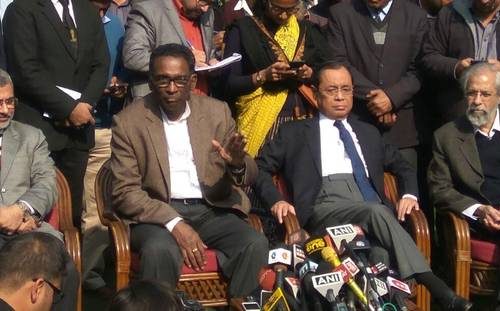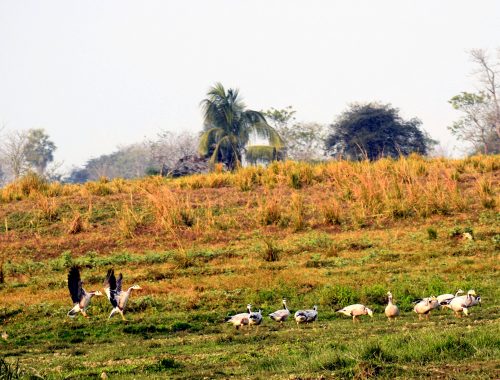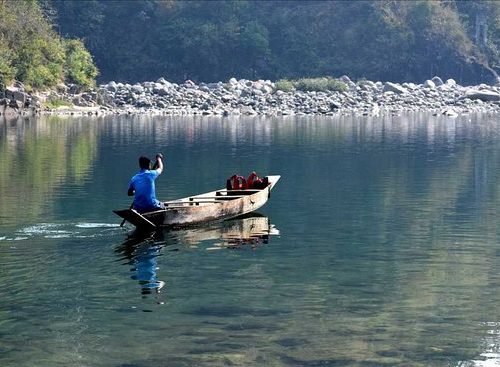ith the second edition of Belt and Road Initiative (BRI) Summit underway in Beijing, China has removed a map from the BRI website that depicted entire Jammu and Kashmir and Arunachal Pradesh as part of India.
After reports emerged of the map “misrepresenting” China’s stated position on Pakistan-Occupied-Kashmir (PoK) and Arunachal Pradesh, the map now does not show up on the website.
The map had also portrayed India as part of the BRI project whereas New Delhi has been opposed to the idea of joining this initiative since it has projects such as CPEC (China-Pakistan Economic Corridor) which fall in PoK and violate India’s territorial integrity and sovereignty.
India had boycotted the first summit held in 2017 and despite Beijing’s efforts for India to at least represent itself at the forum, New Delhi decided to sit out.
China had recently destroyed thousands of maps which showed Arunachal Pradesh as part of India.
China considers Arunachal Pradesh as part of their territory and refers to it as “Southern Tibet”.
The Belt and Road Forum for International Cooperation, or BRFIC was held on May 14–15, 2017 in Beijing, and drew 29 foreign heads of state and government and representatives from more than 130 countries and 70 international organizations
The purpose of the forum is described by Wang Xiaotao, deputy head of the National Development and Reform Commission, in an interview with Xinhua as building “a more open and efficient international cooperation platform; a closer, stronger partnership network; and to push for a more just, reasonable and balanced international governance system.”[3]Western media coverage portrays the forum in a similar way with CNN referring to the event under the headline “China’s new world order” and the Los Angeles Times running the article “Globalization 2.0: How China’s two-day summit aims to shape a new world order”.
There will be an opening ceremony and high level meetings including a plenary session and six parallel panel discussions during the first day.[3] A round table summit will be held on the second day, chaired by President Xi Jinping with the participation of all attending heads of state and government and heads of the UN, World Bank, and International Monetary Fund.[3] At the conclusion of the round-table summit, the body will issue a document agreeing to goals and principles for the initiative.
The forum will be a platform for working out action plans for implementation of the initiative in the areas of infrastructure, energy and resources, production capacity, trade and investment and identification of major projects.[3] It is also intended to be an opportunity for the signing of cooperation agreements with countries and international organizations in the areas of financial cooperation mechanism; a cooperation platform for science, technology and environmental protection; and enhanced exchanges and training of talent and financing agreements for backing projects.




